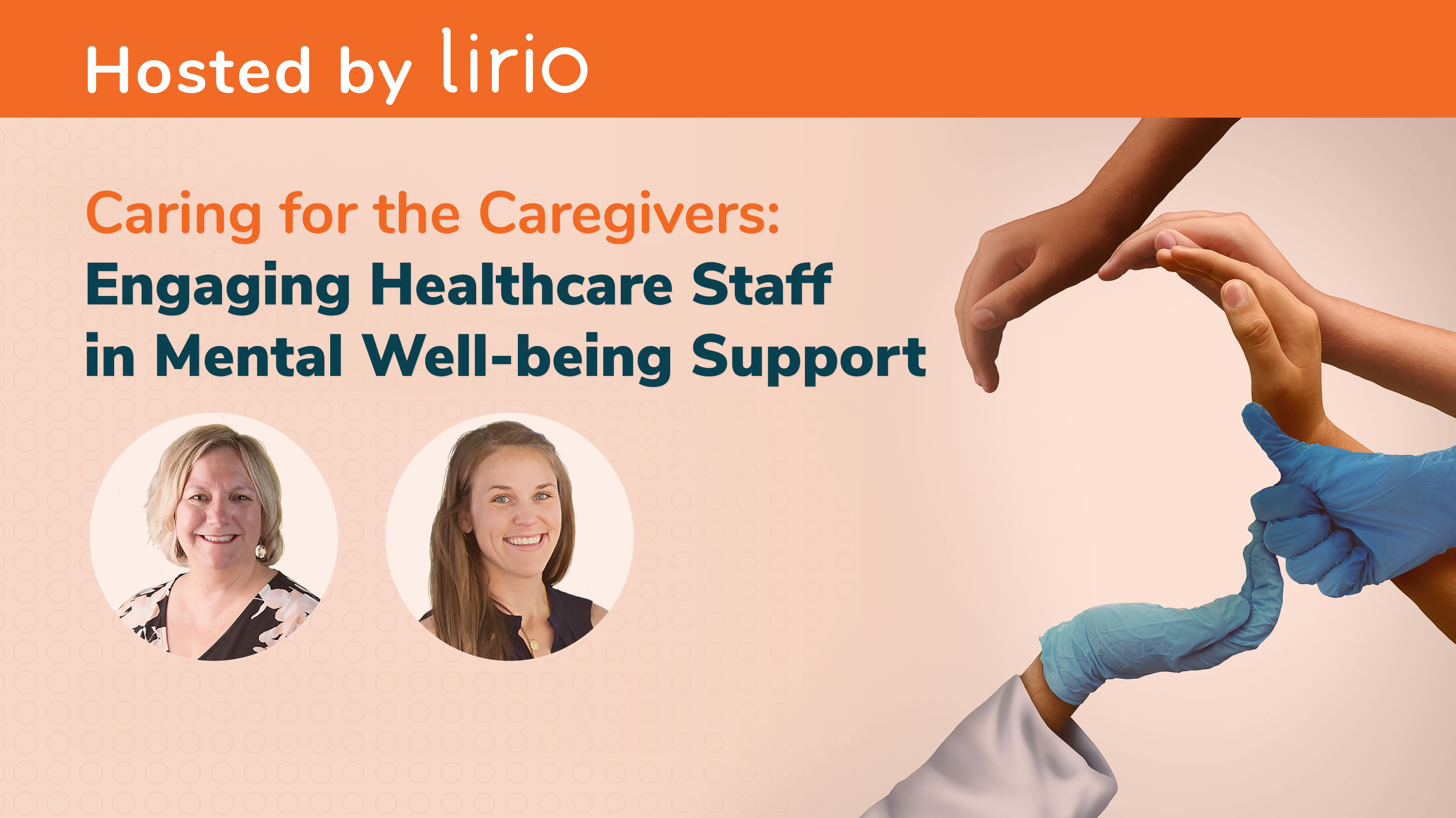
Caring for the Caregivers: Engaging Healthcare Staff in Mental Wellbeing Support
Featuring Nicole Martel & Anna Derksen, Bon Secours Mercy Health
For healthcare workers, being on the front lines of the COVID-19 pandemic has compounded the wide-ranging social, economic, and emotional impacts of the crisis. For healthcare systems tasked with caring for these caregivers, mental well-being resources have become critical. Combined with an increasing focus on clinician burnout, many systems have acted quickly to promote employee health and well-being resources designed to help their staff with everything from resiliency to critical incidence support to life services.
Adoption and utilization of these resources remains a challenge, with longstanding barriers like stigma and simple awareness compounded by new quarantine-related challenges and behaviors. Join us as Nicole Martel, System Director, Benefits & Well-being, and Anna Derksen, Manager of Well-being and Recognition Operations, for Bon Secours Mercy Health share the comprehensive spectrum of resources they have assembled for employee health issues and the opportunity for strategic, campaign-driven approaches to engagement.
